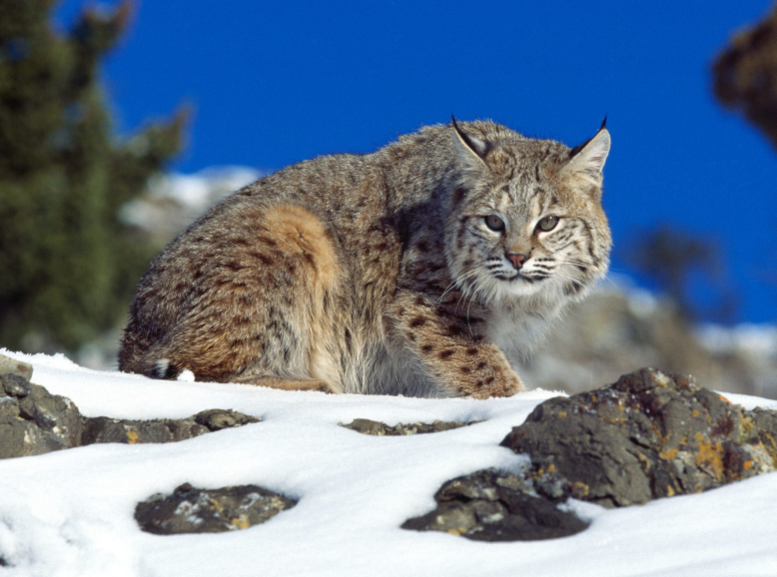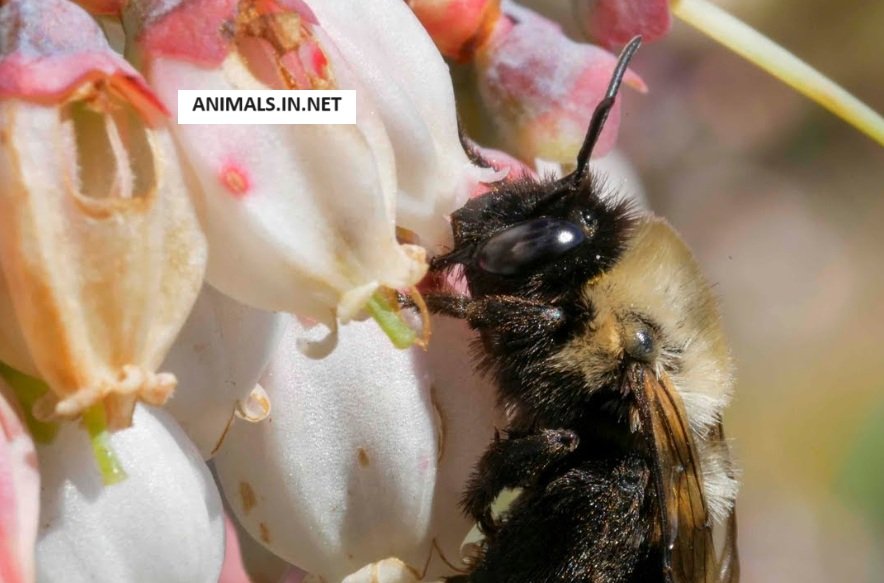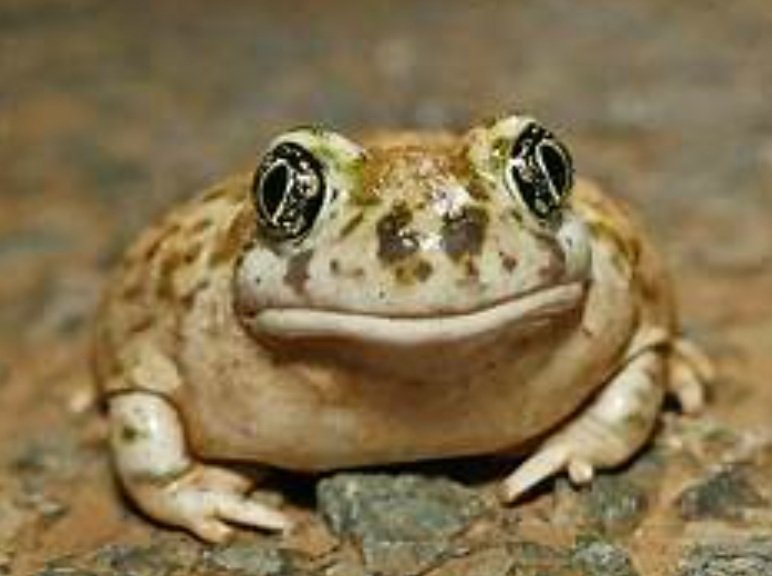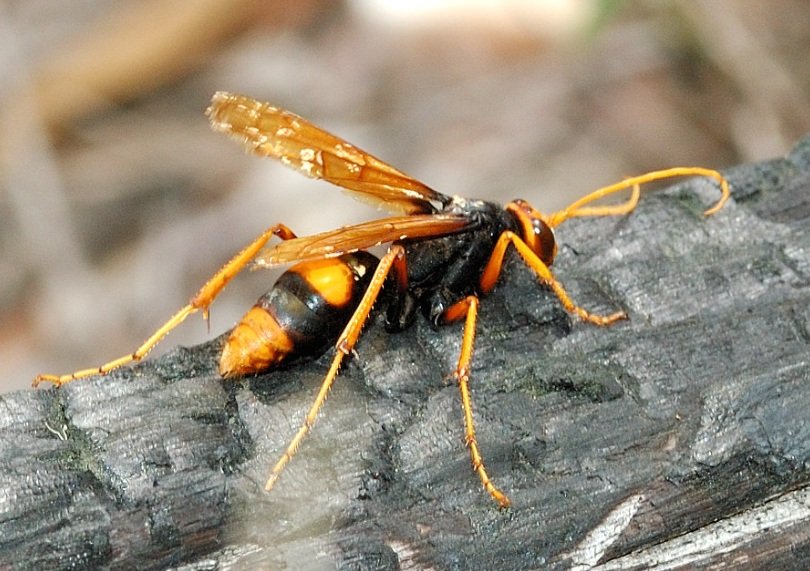
Intriguing facts about Bobcats
Native to North America, bobcats are small to medium-sized wild cats. They are readily recognisable by their tufted ears, short tails, and ruff of fur around their cheeks. Bobcats are strong, nocturnal creatures with keen eyesight and retractable claws. They are ideal for hunting as well.
Natural habitats of bobcats and flexibility of bobcats
Most of these solitary, territorial animals belong to secretive species. Their varied habitats include deserts, marshes, woods, and suburbia. If there is adequate food and shelter for them to hunt and hide, bobcats may thrive in a broad variety of settings due to their extraordinary flexibility.
Hunting techniques and strategies employed by bobcats
Bobcats are opportunistic hunters who eat a range of small animals, including rabbits, squirrels, and mice. In addition, they have been seen hunting birds, reptiles, and sometimes larger animals like deer. Skilled hunters, or bobcats, use their speed and stealth to silently pursue their target before launching a swift and devastating assault. Despite their small size, they possess the strength to combat monsters far larger than themselves.
Reproductive behavior and mating rituals of bobcats
Late winter or early spring is often the time of year when bobcats reproduce. Females give birth to a litter of one to six kittens, which they rear in caves hidden among dense foliage or rocky nooks. The kittens spend several months learning the basics of hunting and survival from their mother before venturing out on their own.
Unique characteristics and conservation efforts about bobcats
Despite the fact that they seldom hurt humans, bobcats are elusive and seek to avoid human contact. However, if they find themselves encircled or in danger, they can defend themselves. It’s important to give them space and stay far away from them. Conservation efforts are conducted to protect bobcats and their habitats because they are vital to maintaining the balance of the ecosystems in which they reside.
Fascinating facts about Bobcats
North American bobcats are amazing animals that live in many different areas. Numerous wildlife enthusiasts are intrigued by them due to their unique look and elusiveness.
Physical attributes of male and female Bobcats
Male bobcats are usually bigger than female bobcats, and they are medium-sized wild cats. Their physique is compact and strong, and they have noticeable cheek ruffs and a short tail. Their typical tawny or brown fur has black streaks or dots, which helps them blend in well with their natural surroundings.

Habitat and distribution of Bobcats
Due to their adaptability, bobcats can live in a wide range of environments, including suburbs, wetlands, woodlands, and even deserts. They are indigenous to North America and are mostly found in Mexico and the United States.
Diet and Hunting patterns of Bobcats
Expert hunters, bobcats mostly seek tiny to medium-sized animals for their prey. They eat squirrels, birds, rabbits, hares, and sometimes bigger animals like deer. Being solitary predators, they find their prey by using their keen hearing and eyesight.
Behavior and nature of Bobcats
Being solitary creatures, bobcats are most active around dawn and dusk. They may communicate by using a variety of vocalisations, like screams, growls, and hisses. Being a territorial species, they leave urine and claw traces in their area.
Reproduction patterns of Bobcats
Bobcats reproduce in the winter, when the female gives birth to a litter of one to six kittens following a gestation period of around sixty to seventy days. The kittens live with their mother until they are around nine months old, at which point they go to find their own places.
Threats and conservation Status of Bobcats
Although they are not officially classified as endangered, habitat degradation and fragmentation have an impact on bobcat numbers. In some areas, their population is threatened by the fact that they are also targeted for their fur. To guarantee the long-term viability of bobcat populations, efforts are being made to preserve and protect them.
Significance to Culture or Ecological importance of Bobcats
In several Native American cultures, bobcats are symbolic of qualities like stealth, independence, and flexibility. They are often portrayed as the untamed and wild spirit of the natural world in folklore and traditional art.
Humans and Bobcats interaction
Bobcats are not thought to pose a serious danger to people since they typically avoid human contact. Still, interactions may happen in the suburbs and turn into disputes. It’s crucial to respect their personal space and refrain from approaching or feeding them.
importance of Bobcats to ecosystems
Bobcats are amazing animals that are essential to preserving ecosystems’ equilibrium. They are an interesting species to study and enjoy because of their distinctive physical traits, hunting prowess, and adaptability. We can support bobcat conservation efforts and guarantee their survival in the wild by increasing our knowledge about these animals.


